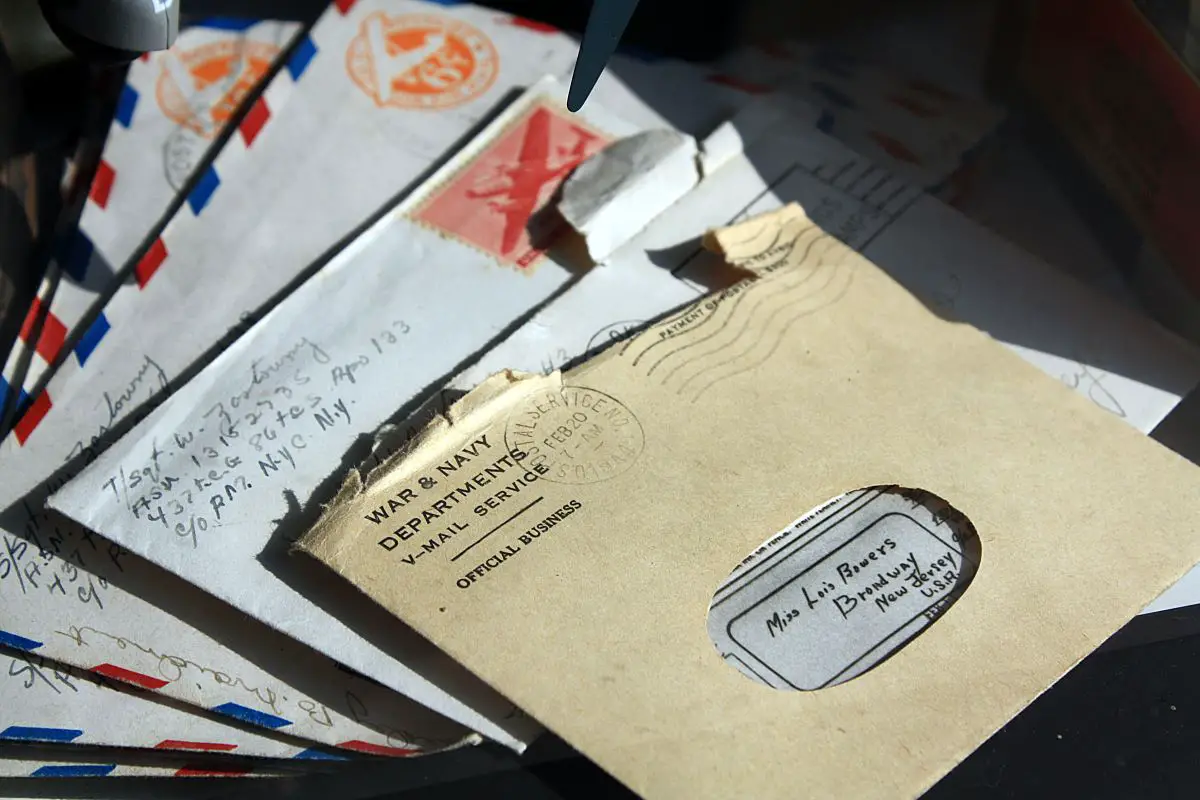When we look at our address, there are always a series of numbers and letterings that we sometimes struggle to remember. We commonly call this number a postal code, but why does it exist? What is a postal code anyway?
Postal codes are a series of digits, usually included in a postal address, to make sorting mails easier. They are usually digits, although they could come with letters and symbols. Postal codes may be called different names in different countries, such as Zip code in the US or the PLZ in Germany.
In this post, we explore postal codes and why they exist. We also try to answer some questions you might have about postal codes here. Read on.
Why Do Postal Codes Exist?
The main reason why postal codes exist is to make mail delivery easier. When post offices need to process a large amount of mail daily, postcodes allow them to sort the mail out much faster. The city of London, UK, started using postal codes in 1857. and the practice soon became widespread worldwide.
Postal codes were made because it became harder to deliver mail as populations grew. The roads and buildings in these cities also became more and more complicated.
This phenomenon first appeared in London and other British cities in the mid-19 century, during the industrial revolution. People begin to live in more significant numbers in cities, lured by the promise of factory jobs.
As a result, London attempted a system of ‘postal districts’ in 1857. The city was divided into 10 districts. The naming is based on directions, such as N (North), NE (North East), WC (West Central), and EC (East Central). The practice soon caught on in many British cities such as Liverpool, Manchester, and Birmingham.
However, it was the Soviet Union that introduced the modern postal code system in 1932 in Ukraine before canceling it in 1939. Germany also introduced a postal code system in 1941, followed by Singapore in 1950 and Argentina in 1958. The UK’s current postcode system was introduced nationwide in 1959.
The United States started implementing postal codes in the 1920s, but only at the local post office level. Only US major cities had ‘postal zones’ in the 1940s, with the current Zip Code system implemented nationwide in 1963.
What Are Postal Codes Called Around The World?
Postal codes have many names around the world. It is called Zip Code in the US, while the postcode is used in the UK. Many English-speaking countries in the world use the term as well. PLZ is used in many German-speaking areas, short for Postleitzahl.
Postal codes are not one of those things regulated by an international body. Every country can set the postal codes how they see fit and call it whatever names they wish.
However, you can somehow group the systems and terminologies used for postal codes by geography and, sometimes, language. For example, the term’ Postcode’ is generally used in the UK and the Commonwealth of Nations. However, India, being a member of the Commonwealth, uses the term PIN (Postal Index Number) instead.
Some Germanophones (German-speaking) countries such as Germany, Austria, German-speaking areas in Switzerland, and Liechtenstein use the term PLZ, which stands for Postleitzahl. Many Eastern European states, for example, Ukraine, Moldova, or Belarus, also use the same term for postal codes, calling it Postal Index.
Here are some other terms used to refer to zip codes in other regions of the world:
| Country | Term | Explanation |
| Italy | CAP | meaning codice di avviamento postale, or postal expedition code |
| Ireland | Eircode | |
| Switzerland | NPA | Used in French (numéro postal d’acheminement) and Italian (numero postale di avviamento) speaking Switzerland. |
| Brazil | CEP | Meaning código de endereçamento postal (postal addressing code). |
| Canada | Postal Code | |
| Slovakia, Czech Republic | PSČ | Short for Poštové smerovacie číslo (Slovak) and Poštovní směrovací číslo (Czech) both carries the meaning postal routing number. |
| United States,
Philippines |
Zip Code | ZIP Stands for Zone Improvement Plan |
Is The Postal Code The Zip Code?
In general, you can say that the Zip code is a form of postal code used in the United States and the Philippines. Postal code is the generic term used to describe all postal codes from around the world, with different regions giving it a different name. Zip is short for Zone Improvement Plan.
The easiest way to describe the relationship between Zip code and postal code is that zip code is the variant of postal codes used in the United States. The Americans call their postal code zip code. The Germans have postal codes too, but they call it the PLZ.
So basically, you can say that the postal code is zip code, but only in the US. Outside the US, they may be called different names.
Both codes serve the same purpose of helping mail processing centers to process mails faster. The postal codes can quickly direct mail to its relevant mail processing centers, allowing it to be delivered faster to the intended recipients.
What Do The Numbers On Zip Codes Mean?
In the US’s standard 5-digit zip code system, the first digit refers to the national area, and the second and third refer to the large post office center. The final two digits refer to the associate post office or delivery area. You may also see zip codes with additional four digits at the back.
The United States started using the current Zip code in 1963 after witnessing a tremendous economic boom and massive development. More suburbs were developed, and general build conditions in major cities in the US became hard for mail carriers to deliver mail accurately and efficiently.
The current Zip code system came about in 1944 when Robert Moon submitted the idea while working as a postal inspector. The zip code system today has evolved from his initial suggestion, but the first three digits in zip codes still use his system. The first three digits describe the central mail processing facility.
The fourth and fifth digit further describes the mail processing facility, usually at the regional or smaller level. It may also be called the Delivery Area. The system here can be credited to Henry Bently Hahn, Sr.
You may also see some zip codes with additional four digits at the back, for example, 40450-2201. The additional four digits point to a smaller geographic segment within a delivery area. Additional numbers allow the mailman to deliver the mail with even better accuracy.
To illustrate this, if you look at the zip code for the White House (20500), adding four digits may mean a smaller delivery area. For example, 20500-0001 may stand for the president’s office, while 20500-0002 may be for the First Lady’s office.
Is 00000 A Valid Zip Code?
00000 is not a valid zip code, as the zip code system in the US starts with 00001 and ends with 99950.
Despite the size and a large number of cities and towns in the country, the US only needs five digits for its zip code system. It starts with 00001 and ends with 99950.
If this interests you, the zip code 00001 points to Dillingham/Curyung, Alaska. The zip code 99950, surprisingly, also points to another region in Alaska called Ketchikan.
The zip code 00000 is also technically impossible. Although there is a national mail area with the code ‘0’ (first digit) and regional mail office ’00’ (second and third digit), there is no ’00’ delivery area.
What Happens When You Fill In The Wrong Postal Code?
The wrong postal code may result in mismatching between the receiver’s address and the postal code. Usually, the post office will correct the postal code and continue to deliver to the address. Still, your mail may also be returned back.
Despite postal codes being around for decades, there are still, surprisingly, people who could not bother to remember their postal codes. Many also do not bother to check for postal code’s accuracy when sending mails.
This creates a conflict at the post office, as if they deliver the mail per the postcode, it will end up at the wrong mail processing center. However, sending it to the address will mean the mail will go to the mail processing center differently than what was written.
Usually, what post offices do is that they assume you want the email to be delivered to the address. They will correct the postal codes and continue to send your mail over.
However, in some situations, some post offices may simply return the mail to you with the notification that the address has an error.
To prevent such a thing from happening to you, you need to ensure that the postal code you use is correct. You can do so by checking it with the intended recipient.
 Being Human
Being Human




